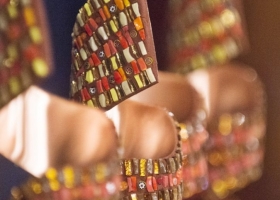
The Best ofIntima & Swim Edit
An enchanting villa dating back to the 1600s in a historic market town surrounded by lush green hills. The homeplace of Luisa Donati is the perfect setting to explore the wondrous surroundings and two fascinating age-old crafts: rust printing and woad dyeing.

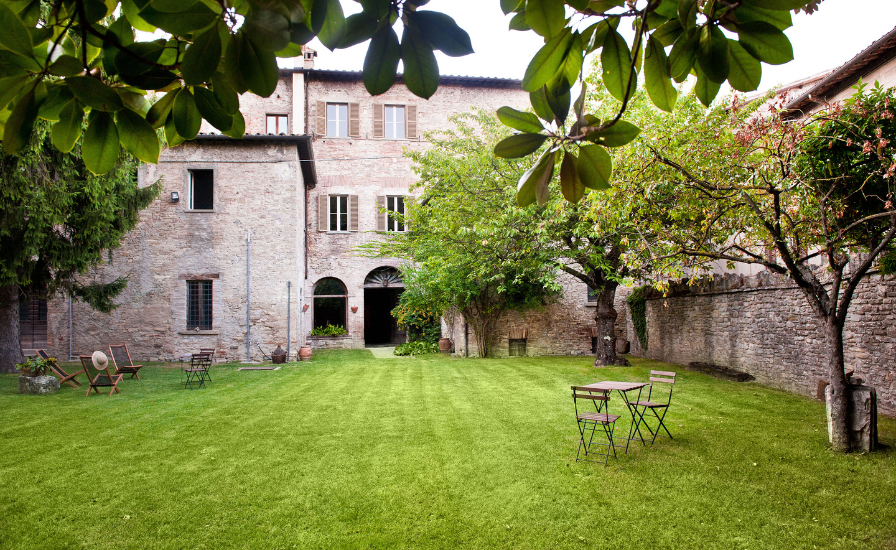
Le Marche is an area of immense beauty and unspoilt charm. Off the beaten track of international mainstream tourism, the homeland of painters Raffaello and Piero della Francesca among others, it is a land distinguished by a rich art history and precious traditions which have been yearningly preserved throughout the centuries. There is one person whose heart is firmly rooted in this region and its crafts, whose vision is to bring the world to literally touch with hand what it means to make refined artifacts using age old techniques, and her name is Luisa Donati. Her family have for centuries owned the Palazzo that goes by their name in the medieval town of Mercatello sul Metauro, in the heart of Italy on the border with Tuscany and Umbria. On the main square’s perimeter, with its stone façade, Palazzo Donati is both imposing and intriguing, a testament to the town’s history.
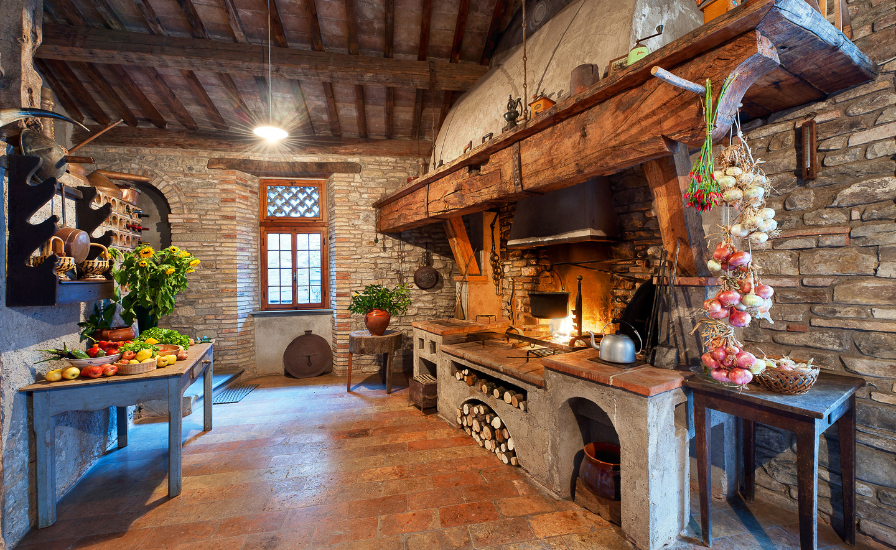
Inside its rooms of timeless beauty are tastefully furnished with colorful brocades, antique fittings, carpets, lamps and paintings, setting the tone for a relaxing but at the same time creatively stimulating experience. Residing in this traditional luxury residence is a privilege made all the more precious by the opportunity Luisa’s guests have to discover and put their hands to ancient techniques which are recently living through renewed popularity. Her objective since 2010 has been to promote hidden parts of her region and the remaining traditional artisans or the strong-willed young people who have taken it upon them to continue the craftsmanship and art of their land.

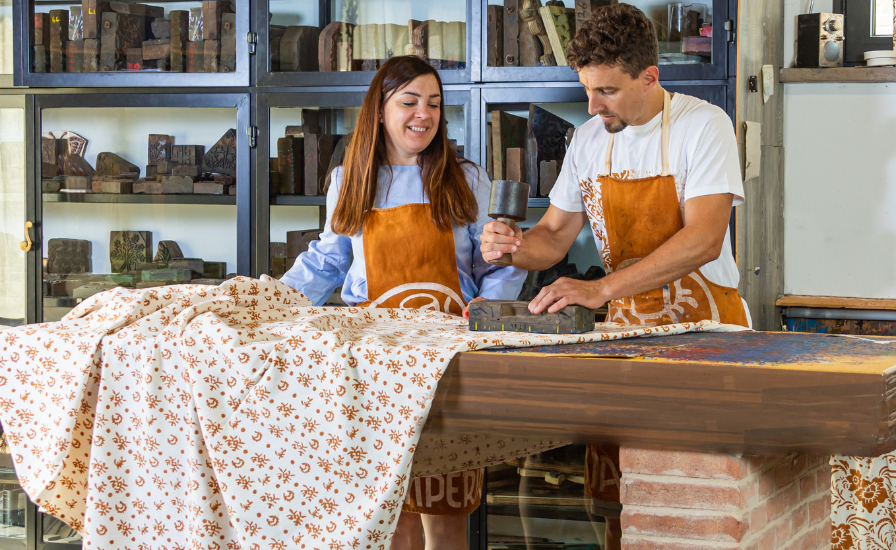
And so guests will be able to discover and delight in the nearby Antica Stamperia Carpegna. This printing workshop located in a mountainous village specializes in the “stampa a ruggine”, or rust printing, a process which results in a sublime ochre yellow (or rusty color). Today it is run by Emanuele, the seventh in a generation of craftsmen originally from nearby Tuscany. This fascinating and unique technique is said to have been applied even by the Egyptians and makes use of hand-carved moulds to imprint images, usually of plant subjects, on linen, cotton or hemp canvases through a powder which in the elements it is made from gives us a true sense of magic: a mixture of flour, vinegar and iron rust !

Emanuele carves the prints he uses himself from walnut or pear tree wood as the tradition requires. During the process the rust sticks to the fabric’s fibers with the intriguing result that the print is visible on both sides. The next steps consist of a bath in caustic soda, rinsing and drying to fix the color and allow the prints to remain unchanged despite washing. After drying in the sun, the typical rust-red color is fixed with "Ranno," a traditional wash using boiling water and ash, making it resistant to time. Guests can experience the pleasure of using the wonderful printing blocks to design patterns on natural textiles making an item which embodies an age-old tradition and which today is becoming something of a luxury. Emanuele has cultivated this craft with passion and determination, and his work is highly respected by high end brands who turn to him for exclusive collections.
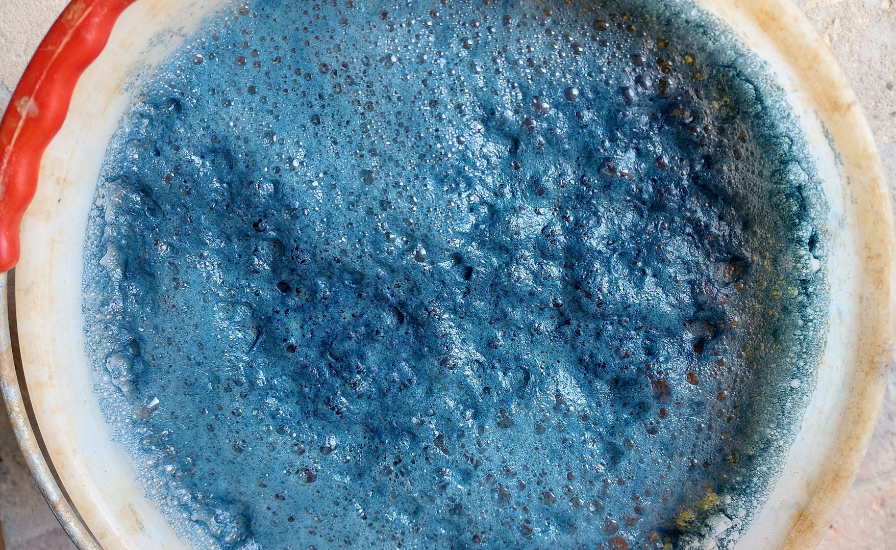
Luisa knows what makes a retreat at Palazzo Donati unforgettable… which is why she next treats guests to a visit to her friend Stella Rossi’s atelier, Valdericarte, immersing visitors into a world of a rare ancient blue: the “guado”, or woad. Its Latin name is Isatis tinctori; it is a plant of the mustard family with the typical yellow flowers whose long blue-green leaves for centuries were used to produce a precious dye (no wonder it was known as the blue gold!). Among all the natural colors now forgotten due to the advent of artificial dyes, woad has a special history, which leads us to reflect on the recovery of ancient traditions.
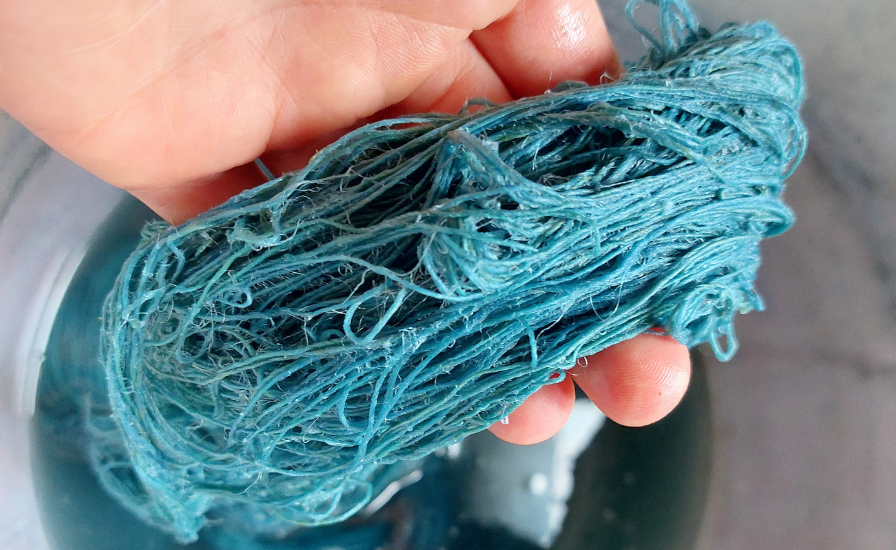
Known even to the Celts and mentioned by Latin authors, woad was a major raw material in Italy especially during its golden age up until the 17th century when it was replaced by indigo. In the Duchy of Urbino, woad was intensively cultivated for centuries and used to dye garments but it was also a favorite with renowned 14th and 15th century painters, including Raffaello- who was from Urbino himself - and Leonardo Da Vinci, who appreciated it because it was especially resistant to the effects of sunlight. At Stella’s, guests will not only learn all about the process but will have the opportunity to apply the technique first hand as well as testing their skills at making batiks or flower and plant printing on fabrics.
Luisa is always on the lookout for artisans to help promote their craft and spread the beauty of their artifacts. And in this she is an extremely precious asset to her region… and to her guests, who with eyes still filled with color, spellbound by the narratives they hear taking them to distant eras as they create patterns on cotton, linen or silk, can also take some time for themselves relaxing in the Palazzo’s intimate garden or reading and painting by a spectacular fireplace.

Copyright 2025. All right reserved - Terms





